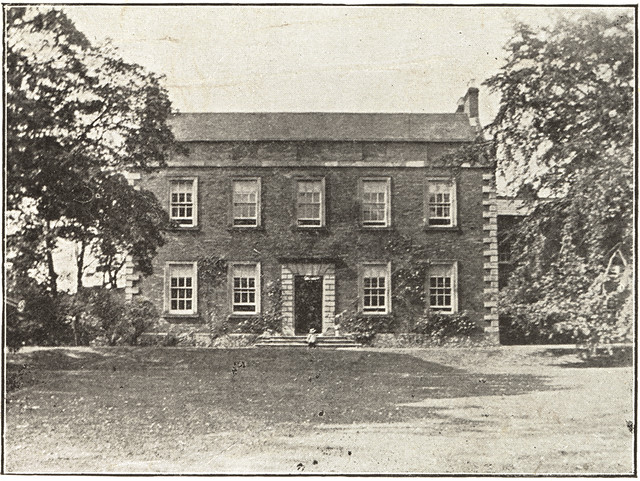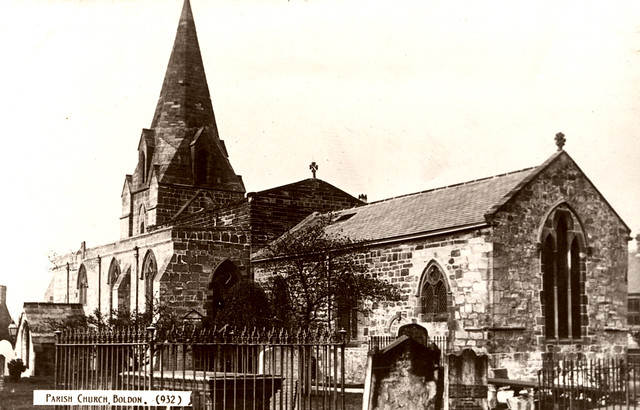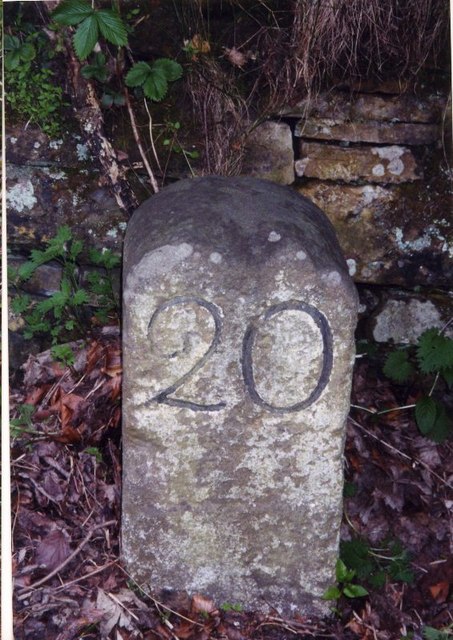Topics > Tyne and Wear > South Tyneside > The Boldons > Boldon Parish, 1848
Boldon Parish, 1848
BOLDON (St. Nicholas), a parish, in the union of South Shields, E. division of Chester ward, N. division of the county of Durham, 4½ miles (N.W.) from Sunderland; comprising the rustic villages of East and West Boldon, and containing 915 inhabitants. The manor has been annexed, time immemorially, to the see of Durham; and gives name to a survey of the possessions of the bishopric, made in 1184, and called "Boldon Buke," it being the first manor which occurs in that record, and on account of the numerous references in it to the services in this district. On Boldon hills, in the spring of 1644-5, some severe conflicts occurred between the army under the command of the Marquess of Newcastle, and the Scots, who then held Sunderland. The parish is situated on the road from Newcastle to Sunderland, and contains 3,954 acres, of which two-thirds are arable, and one-third grass land; 63 acres are common or waste: in the valleys the soil is clay. The views from the higher grounds are fine and extensive, and the air is remarkable for its salubrity. The district abounds with limestone. The Shields and Pontop railroad, and the Brandling Junction railroad, run through the parish. The living is a rectory, valued in the king's books at £24. 13. 4., and in the patronage of the Bishop: the tithes have been commuted for £539. 10., and there are 148 acres of glebe. The church, which is in West Boldon, is an ancient and very neat fabric, with a spiral tower, and with octagonal pillars and pointed arches; it stands on high ground, and the prospect from the churchyard extends over the whole of the level country northward, the lower vale of Tyne, and the rising grounds in Northumberland. At East Boldon is a parochial chapel. There is a place of worship for Wesleyans.
Extract from: A Topographical Dictionary of England comprising the several counties, cities, boroughs, corporate and market towns, parishes, and townships..... 7th Edition, by Samuel Lewis, London, 1848.











